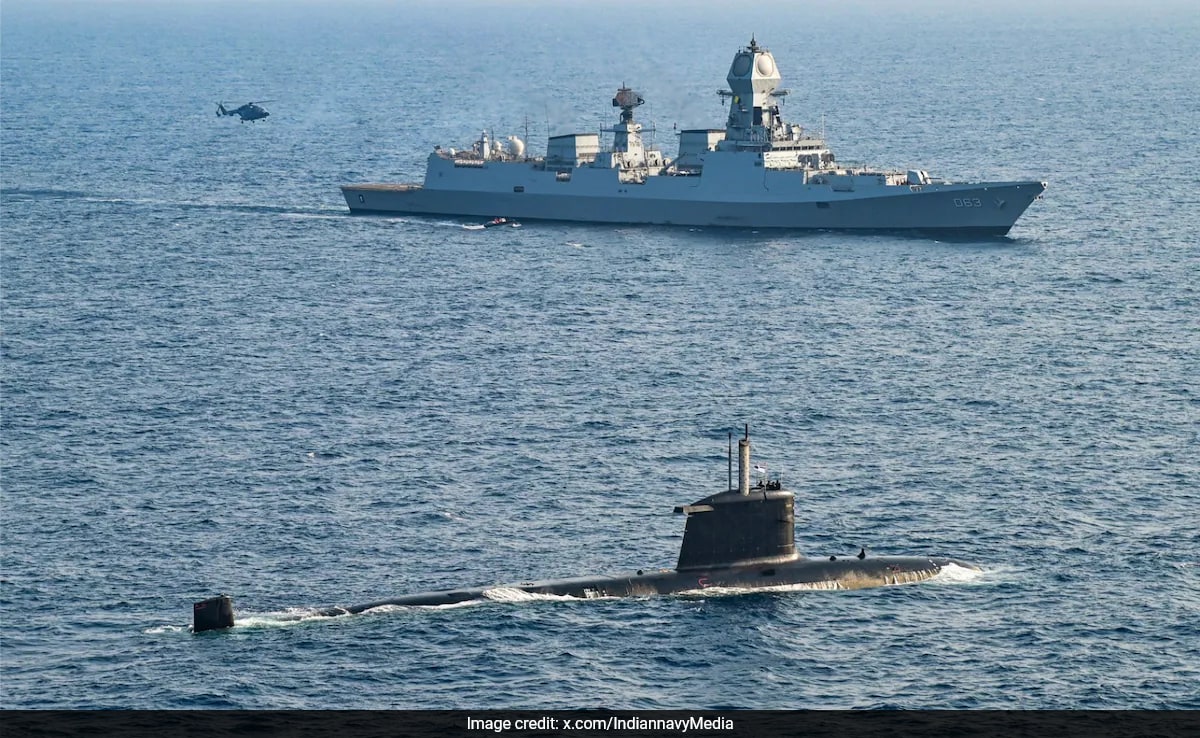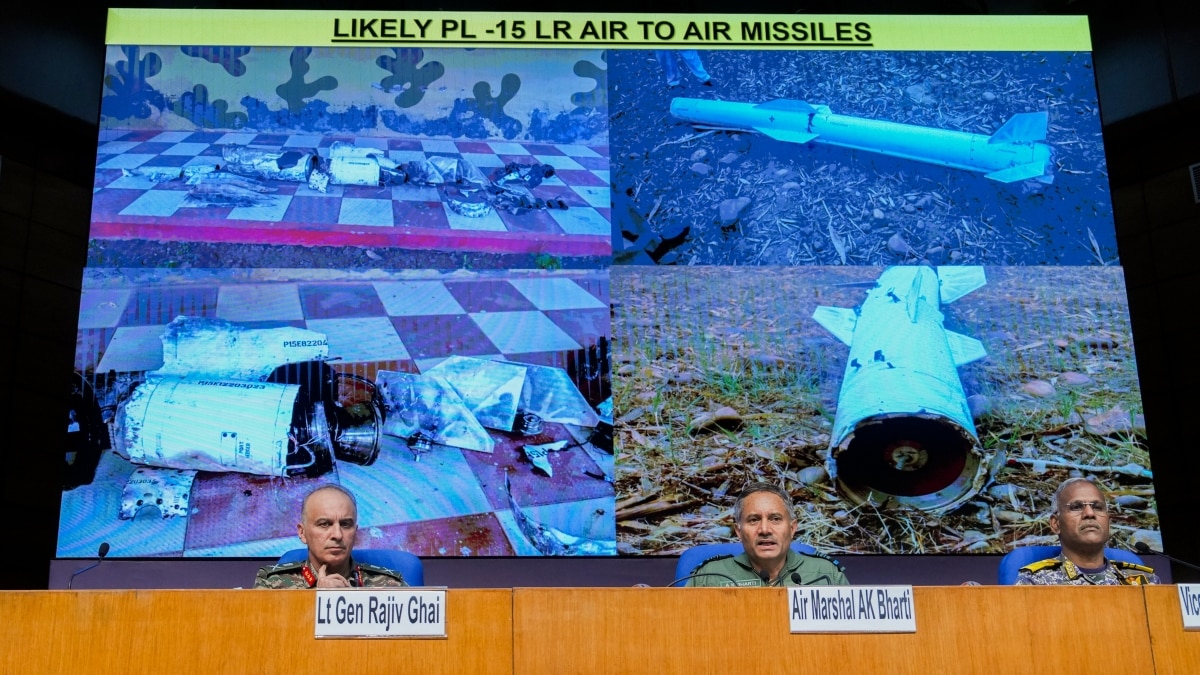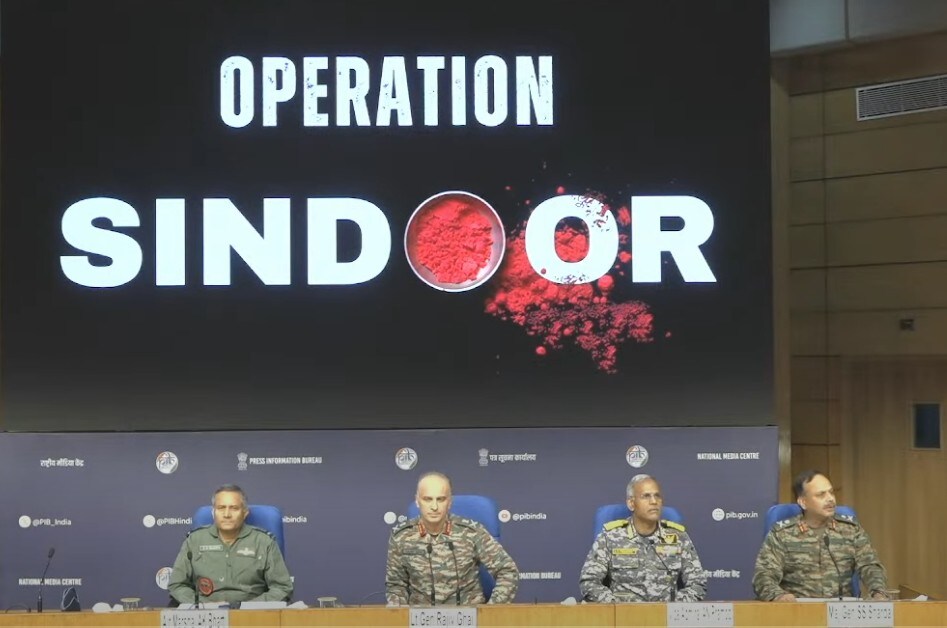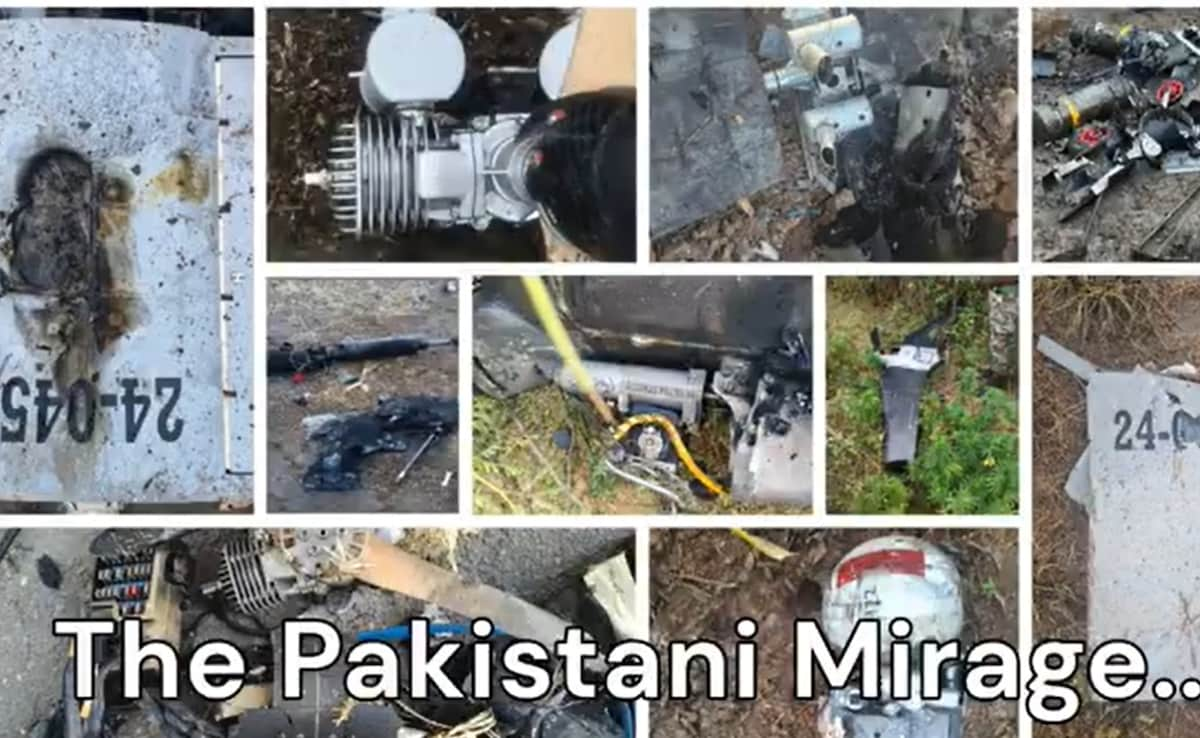The Navy’s deployment in the Arabian Sea during Operation Sindoor virtually forced the Pakistan Navy to remain in the harbour or near the coast, the Indian Navy said today, revealing for the first time the role naval forces played in the Pahalgam terror attack counterstrike.
Explaining the Navy’s role, Vice Admiral AN Pramod said the Navy’s carrier battle groups, surface forces, submarines and aviation assets were deployed at sea with full combat readiness shortly after the Pahalgam attack. “We tested and refined tactics and procedures at sea during multiple weapon firings in the Arabian Sea within 96 hours of terrorist attack. The aim was to revalidate our crew, armaments, equipment and platform readiness to deliver various ordnance on selected targets precisely,” he said.
The Naval forces, the senior officer said, remained in a “deterrent posture with full readiness and capacity to strike select targets at sea and on land, including Karachi, at a time of our choosing”. “The forward deployment of Indian Navy compelled Pakistani naval and air units to be in a defensive posture, mostly inside harbours or very close to the coast, which we monitored continuously,” he said, adding that the Navy remained alert throughout this conflict.
“Our response has been measured, proportionate, non-escalatory and responsible from Day 1. Accordingly, the calibrated approach considered all options, including the ability of the Indian Navy for offensive action from and at sea,” Vice Admiral Pramod said. He added that the application of force by the Navy was planned in sync with the Army and Air Force during the forces’ response to this escalation by Pakistan. “Along with the kinetic action by the Indian Army and Indian Air Force, the overwhelming operational edge of Indian Navy at sea contributed towards Pakistab’s urgent request for a ceasefire yesterday,” he said.
Vice Admiral Pramod, the Director General of Naval Operations, said that the Navy remains alert and ready to “respond decisively to any inimical action by Pakistan or Pakistan-based terrorists”.
In a press briefing by representatives from all the branches of the armed forces a day after India and Pakistan agreed on a ceasefire, Lieutenant General Rajiv Ghai, the Director General of Military Operations, said he had sent a hotline message to his Pakistani counterpart and flagged last night’s ceasefire violations. Pakistan, he said, had been warned that another violation, whether tonight or later, would be responded to “fiercely”.
Representing the Air Force, Air Marshal AK Bharti said India’s airstrikes on Pakistani military installations were precise and calibrated. “We have the capability to target every system at these bases and more. However, it was only a measured response to instill good wisdom to our adversary to refrain from further escalations. Our response was directed only at military installations, avoiding civilian and collateral damage,” he said.
“Our fight was neither with the Pakistani military nor with anybody else on the other side. Our fight was with terrorists. We neutralised the terrorists that we selected and thereafter, we only maintained air defence posture. However, we were relentlessly pounded by waves after waves, night after night by UCAVs (Unmanned Combat Aerial Vehicle), drones and other unmanned aerial systems. That left us with no choice but to retaliate and yet, our retaliation was calibrated, graduated and proportionate,” Air Marshal Bharti said.




